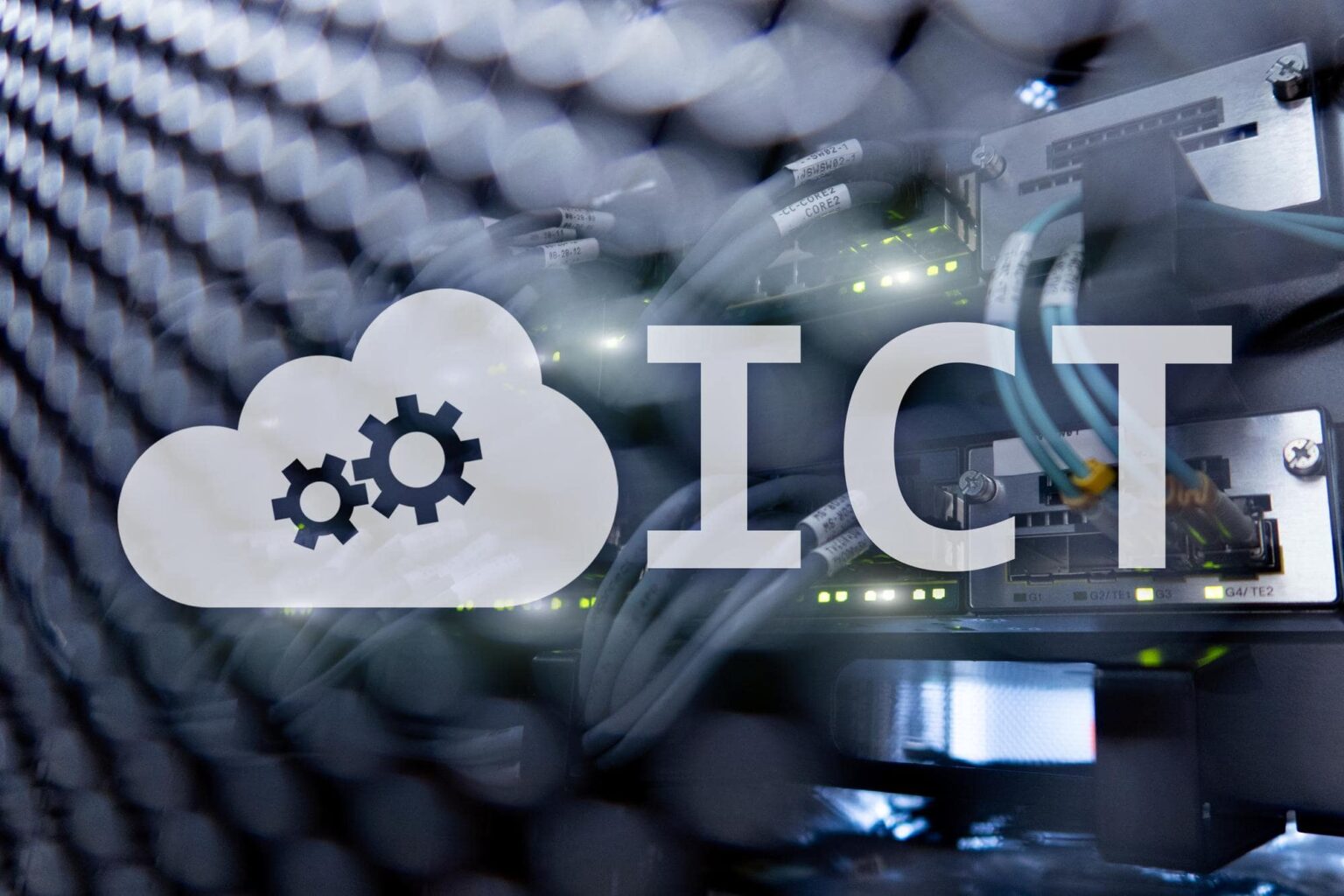Edge computing in the context of the Internet of Things (IoT) refers to the decentralized processing and analysis of data at the edge of the network, closer to where the data is generated. It involves placing computing resources, such as servers and data storage devices, closer to IoT devices and sensors, rather than relying solely on centralized cloud infrastructure. Here’s how edge computing is transforming data processing and enabling real-time analytics in the IoT:
Reduced Latency: By processing data locally at the edge, edge computing significantly reduces the latency or delay in data transmission. This is particularly important for time-sensitive applications where real-time decision-making is required, such as autonomous vehicles, industrial automation, or remote monitoring of critical infrastructure. Processing data closer to the source enables faster response times, ensuring quick actions or alerts based on real-time insights.
Bandwidth Optimization: Edge computing minimizes the amount of data that needs to be transmitted to the cloud or a centralized data center. Instead of sending all raw data from IoT devices, edge nodes can preprocess and filter data locally, sending only relevant information or aggregated insights to the cloud. This optimization of data transmission reduces network congestion, lowers bandwidth requirements, and helps manage the cost of data transfer in large-scale IoT deployments.
Enhanced Security and Privacy: Edge computing addresses concerns related to data security and privacy. By keeping sensitive data local and processing it at the edge, organizations can minimize the risks associated with transmitting sensitive information over long distances or storing it in centralized cloud environments. This distributed approach to data processing reduces the attack surface, improves data privacy, and allows for localized security measures, such as encryption or access control, to be implemented closer to the data source.
Offline Operation and Resilience: Edge computing enables IoT devices and applications to operate even when connectivity to the cloud is intermittent or unavailable. By performing essential processing and analytics at the edge, IoT systems can continue to function locally, ensuring uninterrupted operations and preserving critical functionality in scenarios where network connectivity is limited or disrupted. This capability is particularly valuable in remote or harsh environments, where maintaining continuous connectivity may be challenging.
Scalability and Cost Efficiency: Edge computing distributes computing resources across multiple edge nodes, allowing for scalable and cost-effective infrastructure. It eliminates the need to send massive volumes of data to the cloud for processing, thereby reducing the infrastructure requirements and costs associated with cloud-based data storage and processing. Edge nodes can be strategically placed in proximity to IoT devices, providing localized computational power to handle increasing data volumes efficiently.
Real-Time Analytics and Decision-Making: Edge computing facilitates real-time analytics and decision-making at the edge of the network. By processing data locally, immediate insights can be generated, enabling rapid response to events or anomalies detected by IoT devices. This capability is valuable in applications such as predictive maintenance, asset tracking, or real-time monitoring of environmental conditions. Real-time analytics at the edge empowers organizations to take immediate actions, optimize processes, and improve operational efficiency.
Offline Data Processing and Filtering: Edge computing allows data to be processed and filtered locally, even when there is no internet connectivity. This is particularly useful in scenarios where connectivity is intermittent or expensive. IoT devices can locally store and process data, applying predefined rules or algorithms, and transmit only relevant information when a connection is available. This offline data processing capability ensures continuous operation and minimizes reliance on continuous network connectivity.
Edge computing is revolutionizing the IoT landscape by enabling efficient data processing, real-time analytics, reduced latency, enhanced security, and offline operation. It complements cloud computing by decentralizing computational tasks and bringing intelligence closer to the data source. As IoT deployments continue to grow, edge computing will play a vital role in harnessing the full potential of IoT applications and enabling a wide range of use cases across industries.



